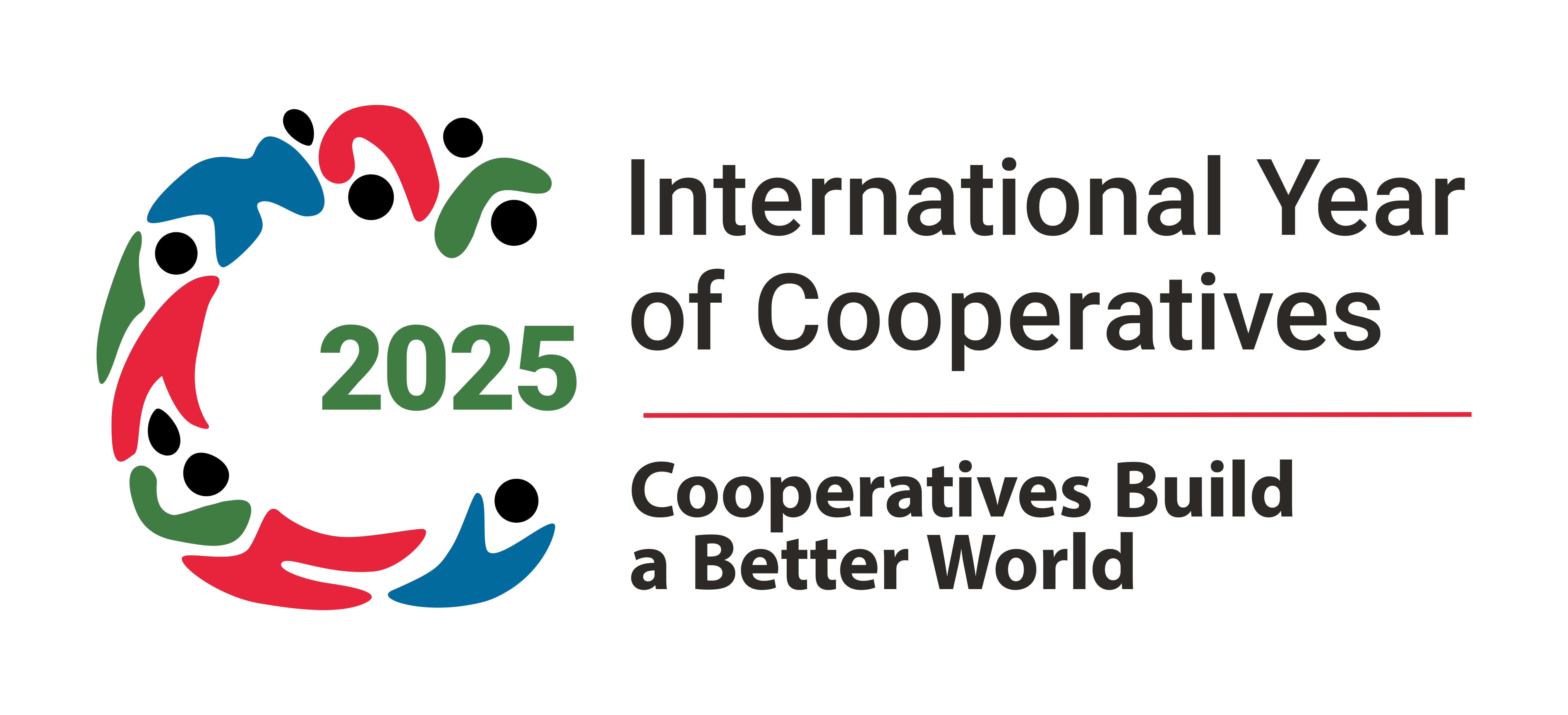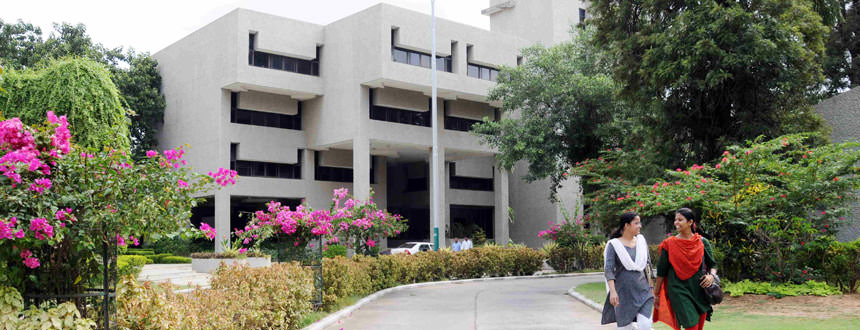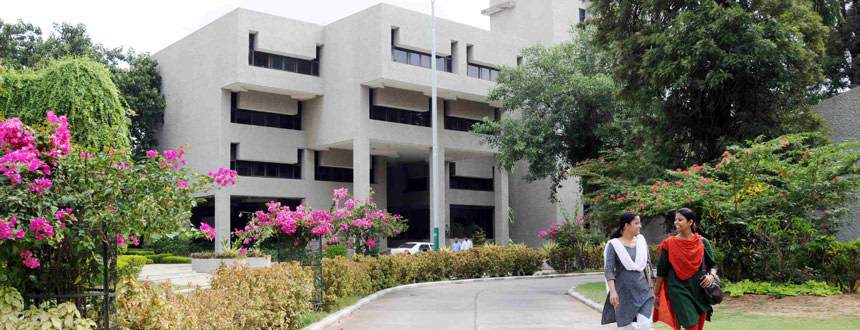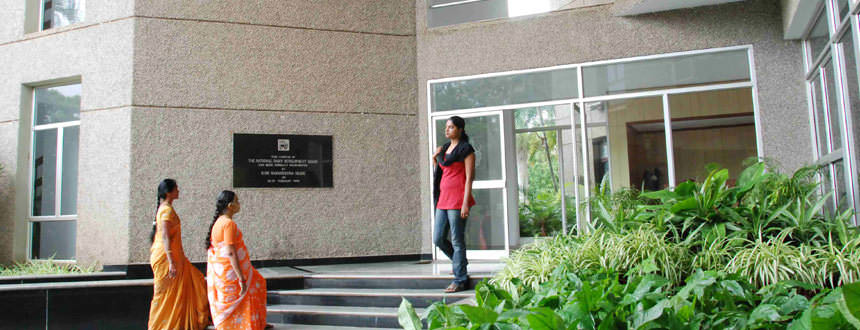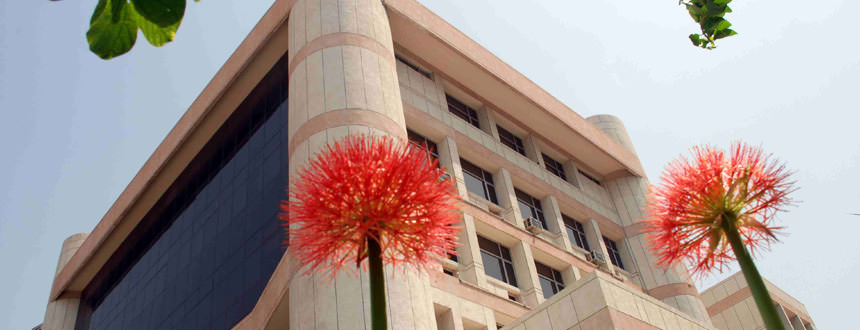Address by the Chief Guest, Shri Dilip Rath, Chairman, NDDB on Foundation Day Celebrations of National Institute of Animal Nutrition and Physiology -25th November, 2019, Bengaluru
Prof. Vishnu Sharma, Vice Chancellor, Rajasthan University of Veterinary and Animal Sciences, Dr Raghavendra Bhatta, Director, National Institute of Animal Nutrition and Physiology, scientists and employees of NIANP, invited guests, ladies and gentlemen….
I am delighted to be part of the Foundation Day celebrations of NIANP. I thank the Director for inviting me to this programme. I compliment the Institute and all its scientists, who have contributed and continue to contribute in the field of animal nutrition and in the area of feed and fodder, which is of great contemporary relevance in bringing about productivity enhancement for profitable and sustainable livestock production.
As you are aware, feed and fodder account for about 70 per cent of the total cost of production of animal origin products and in particular milk production and therefore constitute a major focus area for achieving sustainable milk production. This assumes added importance against the backdrop of our livestock farmers, in particular dairy farmers, grappling with shortages of green and dry fodder as well as rising costs of compound feed and concentrates.
As per data from the National Institute of Agricultural Economics and Policy Research, our country is facing a deficit of 11per cent, 35 per cent and 28 per cent of dry fodder, green fodder and concentrates respectively and the same is projected to increase, going forward. The Livestock Census 2019, which was released last month, indicates that the total bovine population in India increased by 1 per cent over the past five years and the population of milch cows and buffaloes increased by 6 per cent. This implies that issues pertaining to feed and fodder deficit are likely to continue in the foreseeable future. This is also corroborated by the NITI Aayog, which has projected a deficit of 117 million tonnes (MT) of dry fodder, 400 MT of green fodder and 40 MT of concentrates by the year 2025.
As you are aware, our milk production is growing at an annual average of over 6 per cent for the last 5 years, which has helped us maintain our self-sufficiency. Given the growing demand for milk, the question is, given our limited natural resources, can we continue to grow at the same rate in the coming years?
However animal nutritionists, including those from NIANP, would agree that most dairy animals in India are not fed as per their nutrient needs, which will not result in optimal milk yield as per their genetic potential. Productive animals corner the major share of the feed resources and the less productive animals are fed sub-optimally. This explains the contrast between the continual growth in milk production in our country on the one hand and the reported deficiency of feed and fodder resources on the other. Nonetheless, it is almost universally accepted or there is a common perception that there does exist a deficiency of feed and fodder in our country with the existing knowledge base, technology and feeding practices, though estimates pertaining to the quantum of these deficits vary.
Another area of concern is the sub-optimal management of crop residues and the stagnation in the availability of green fodder. More than 500 million tonnes of crop residues are generated annually in India and a large portion of this is burnt ‘on-farm’ primarily to clean the field for sowing the next crop. The problem of ‘crop residue’ burning is intensifying in recent years due to shortage of labour, mechanised harvesting of crops and high cost of removing the crop residues from the field. Burning of crop residues not only contributes to air pollution but also magnifies the prevailing deficit of dry fodder and therefore calls for urgent measures for their collection and incorporation into the feed of animals through innovative technologies.
Coming to the question of the estimated gap in the availability and requirement of feed and fodder and concentrates, many experts feel that this gap is only theoretical in nature and given the huge untapped and unexploited domestically available crop residues, agricultural by-products, horticultural waste etc., which are not currently used for human consumption, by simply adopting novel, innovative and appropriate feed resource technology, based on learnings from other countries, we can enhance the availability of our feed resources which will cater to our requirements for many many years to come.
Some of the non-conventional feed resources include soya bean and cotton straws, tapioca residues, non-toxic jatropha, detoxified castor meal, horticultural waste and by products, abundant availability of straws which are currently burnt, thornless cactus, water efficient grasses for forage and sea weeds. Our animal nutrition scientists have to think innovatively and develop low cost indigenous technologies to harness locally available biomass which can be integrated in our animal feed system.
As regards green fodder production in India, it is pertinent to note that the area under fodder crops in India has stagnated at 4.9 per cent of the gross cropped area over the past few decades and is likely to decrease further as more and more agricultural farmers opt for commercial crops. This situation is aggravated by the inadequate fodder seed production, low seed replacement rates and inadequate market linkages.
To address the above challenges, research programmes designed to deliver green fodder variants with high biomass yields, high nutrient content and good digestibility are required to be initiated. It is also important to ensure that farmers opting for green fodder find it an attractive and economically viable alternative to the commercial crops/cereal crops prevalent in that area. Multiple demand channels need to be created for the fodder produced, and assistance has to be imparted to the farmers in terms of knowledge and technology for profitable production of the fodder on their farms. Innovative business models designed to cater to the unmet demand of green fodder from various segments of dairy farmers - such as the small/medium/large farmers and the rural/peri-urban farmers – are needed. With greater awareness amongst dairy farmers to feed their animals with green fodder and their silage, we will see emergence of a large number of commercial fodder farms in our country, which, apart from providing nutritious feed to animals, will be a source of employment generation of rural youth.
NDDB has mooted some novel models to overcome green fodder shortage at the village level. One model comprises encouraging the village panchayat to produce green fodder on ‘Common Grazing Land’ (Gochar Land) under an assured buy-back arrangement from the local Dairy Cooperative Society (DCS). Excess green fodder produced on this ‘Common Grazing Land’ is converted into silage for use in the lean season. This model has been piloted successfully at Mujkuva village of Anand district. Another model that is in the process of being rolled out, entails the coming together of small agricultural farmers, who pool their land to produce green fodder. These farmers are encouraged to develop their own marketing channels and supply fodder and their silage to dairy farmers in villages and peri-urban areas who have no or inadequate land of their own.
Another area that demands urgent attention is the quality of compound cattle feed and concentrates. More than 80 per cent of the compound cattle feed produced and marketed in the organised sector (both cooperative and private) is of the BIS Type II variety, which cannot cater to the nutrient requirements of early lactation animals, buffaloes and calves. The quality and price of the concentrates vary drastically from season to season and adulteration is a frequent occurrence. Given the absence of feed regulations for governing the quality of cattle feed and concentrates, farmers are forced to accept the prevailing quality of feed variants, often resulting in impaired production and reproduction in their animals, despite paying high price for the feed.
In the absence of feed law/regulation, NDDB’s ‘Quality Mark’, an initiative based on self-regulation and certification, has been introduced to address the problem of poor quality of cattle feed and mineral mixtures available in the market. The ‘Quality Mark’ is offered to various Cattle Feed and Mineral Mixture plants in the cooperative and government sectors after they comply with set norms for nutrient composition of the feeds and after they adopt Standard Operating Procedures (SOP) in manufacturing, procurement and transportation. In the past six months, about 20,000 Metric Tonnes of feed has been manufactured under the Quality Mark in various states.
To address the issue of shortage of fodder seed, The National Cooperative Dairy Federation of India (NCDFI), has set-up an e-marketplace for fodder seed that connects the producers and purchasers of fodder seed in a transparent manner. Since its introduction in February this year, about 1200 quintals of certified fodder seed have been transacted through this e-portal. Going forward, this portal is expected to facilitate the generation of demand in advance from the prospective buyers, production of fodder seed against confirmed demand and the supply of fodder seed to farmers at the right time during the sowing season.
To address the problem of sub-optimal ‘crop-residue’ management, NDDB set-up two manufacturing plants for the production of Total Mixed Ration (TMR) pellets at Kolhapur in Maharashtra and Sri Ganganagar in Rajasthan. These plants are designed to incorporate paddy/wheat straw in cattle feed pellets at levels ranging from 20-35 per cent. The straw replaces expensive filler material in the feed such as De-Oiled Rice Bran and significantly reduces overall cost of the feed. Studies have shown that the usage of TMR pellets in conjunction with the locally available roughages can improve lactation yields, reduce cost of feed and can contribute up to a 40 per cent increase in the net income of farmers.
While novel business models are necessary for delivering innovations to the farmer, basic and applied research into various aspects of Animal Nutrition is vital for long-term sustainability. In this context, it is heartening to note that an eminent institution such as NIANP, is engaged in the conduct of studies on the fundamental physiological and nutritional problems of livestock. Some of NIANP’s research projects that hold exciting possibilities for the future are; the use of nanotechnology for nutrient delivery, adoption of metagenomic approaches for identification of specific microorganisms for lignin breakdown, the development of smart microbes and research into precision feeding techniques.
It is always a challenge to scale-up successful lab-level research and make it available to a large number of farmers. Therefore, collaborations with institutions with proven competence in this area are desirable. You may be interested to note that under the aegis of the National Dairy Plan, NDDB implemented the ‘Ration Balancing Programme’ that reached 2.8 million animals and 2.0 million farmers in 30,000 villages across 18 states. Our ‘Fodder Development Programmes’ involving fodder seed production and sale, silage demonstrations and mower demonstrations have benefitted thousands of farmers in 13 states of India. Therefore, it would be beneficial to the dairy farming community of our nation, if NIANP and NDDB could collaborate on research projects of immediate relevance to the farmers and upscale the same for the benefit of the dairy farmers.
I take this opportunity to once again congratulate the scientists and employees of NIANP for their immense contributions to the livestock farming community and wish them every success in all their future endeavours.
Jai Hind.

